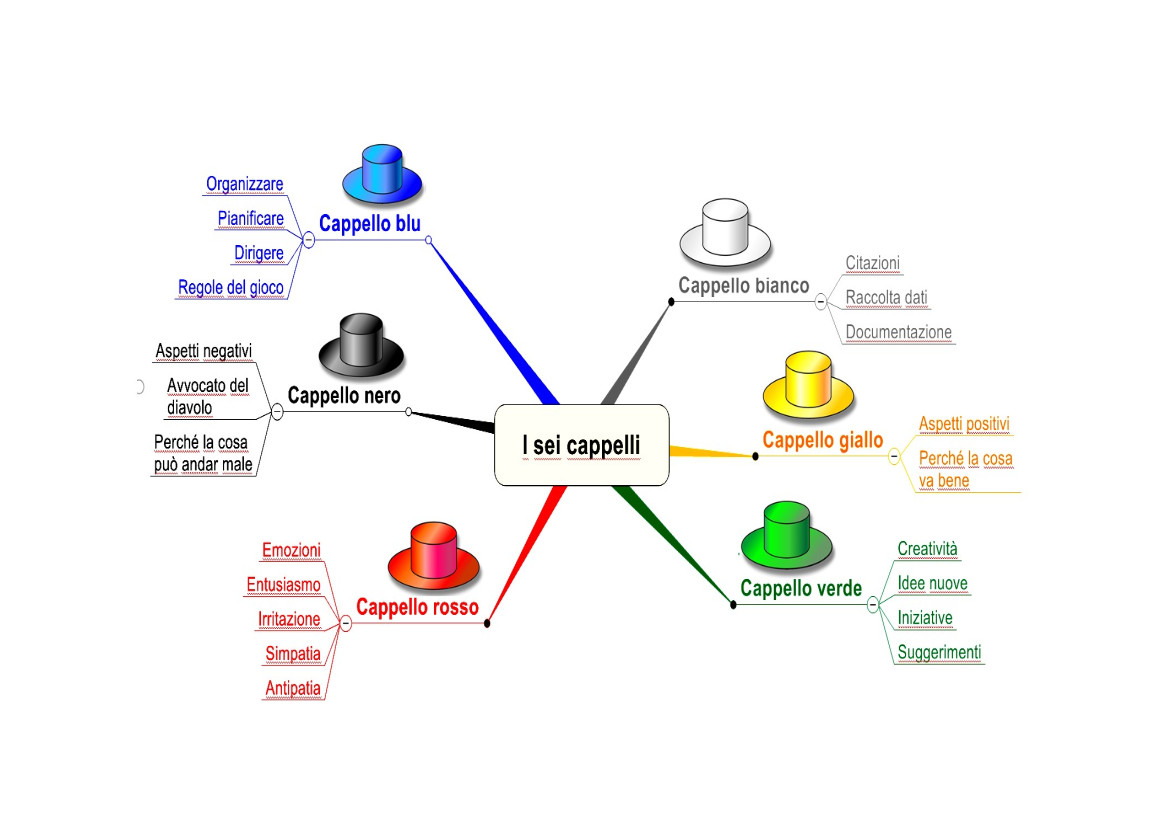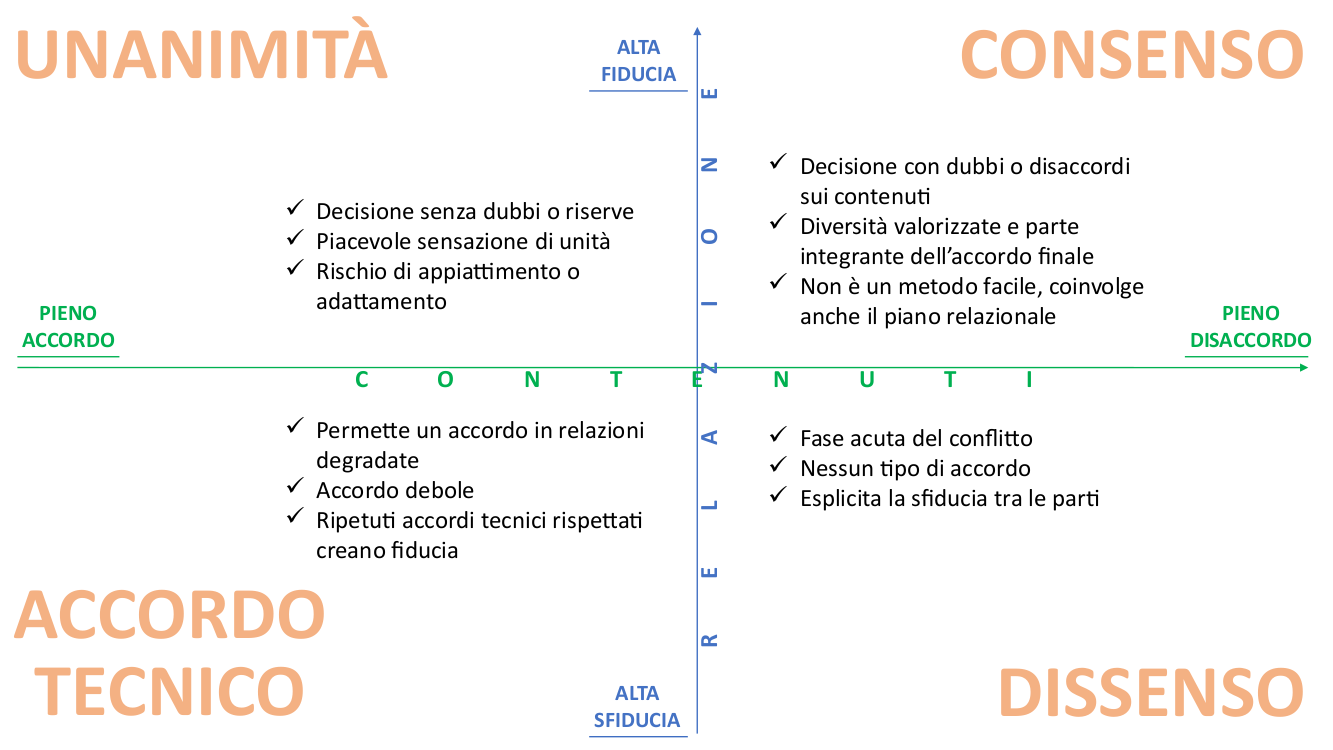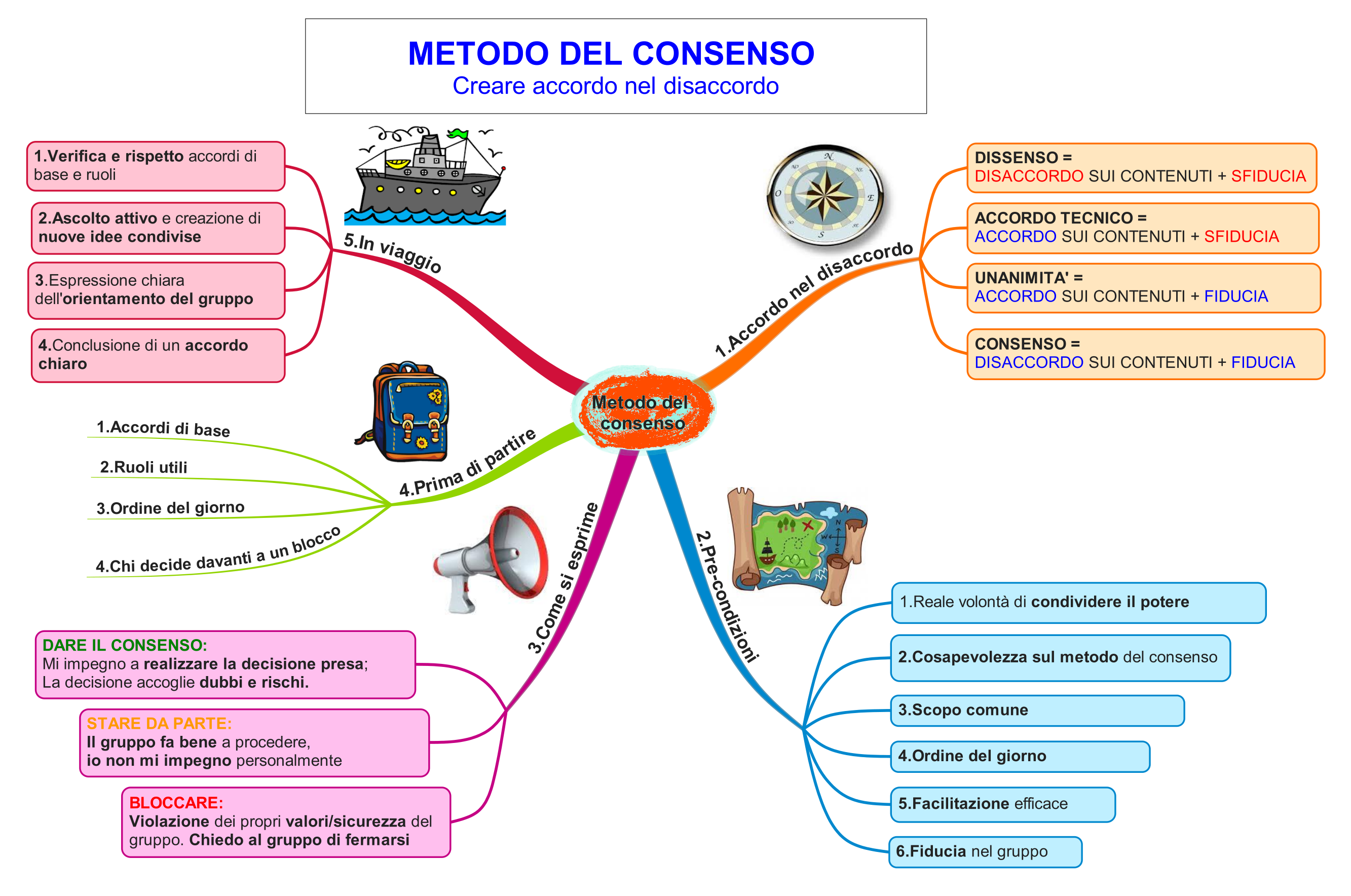Linko due collezioni internazionali di libri sul femminismo, una più con uno sguardo storico, la prima più attuale:
http://feminism.memoryoftheworld.org/#/books/
https://cyberfeminismindex.com/

Tips & tricks for (A)organizations
Collecting good practices for organizations of peers
Linko due collezioni internazionali di libri sul femminismo, una più con uno sguardo storico, la prima più attuale:
http://feminism.memoryoftheworld.org/#/books/
https://cyberfeminismindex.com/
Nota 1: Come usare questo percorso
Oggi imparerai cosa aspettarti da questo percorso e come usare i consigli in esso contenuti. Non preoccuparti se ti sentirai sopraffatto da tutte queste nuove informazioni. Ti guideremo attraverso ogni nota passo dopo passo e ricapitoleremo regolarmente ciò che hai imparato. Prendila con calma. Puoi farcela!
Una buona comunicazione è essenziale in tutte le nostre relazioni – ci aiuta a capire i bisogni degli altri, a fare piani e a sentirci amati. Ma non tutti sanno come comunicare in modo rispettoso ed efficace, e questo può essere evidente nelle relazioni violente.
Ognuno ha modi diversi di comunicare. Alcune persone vogliono evitare il conflitto, altre vogliono dominare e alcune potrebbero anche avere una combinazione delle due cose. Oltre a capire i diversi modelli, ci sono anche abilità che puoi sviluppare e condividere che ti aiutano a sentirti più sicuro nelle tue comunicazioni.
Vogliamo aiutarvi a:
Attraverso le prossime 11 note, ti aiuteremo a capire i diversi stili di comunicazione, cosa ostacola una buona comunicazione e le cose che puoi praticare per sentirti più sicuro nella tua comunicazione.
Ricorda: La comunicazione è un’abilità che può essere imparata e praticata.
Azione: Ascolta le persone intorno a te, osserva i diversi modi in cui stanno comunicando.
Nella prossima nota, esamineremo i diversi stili di comunicazione in modo più approfondito.
I try to put together the materials: notes, words, definitions, schemes and drawnings by the worshop that i did in the last 3 years with MAG6 – Mutua AutoGestione da Reggio Emilia.
Which I followed, the pathes to help an organization to became stable and horizontal, are:
Download the survey: business plan 2020 -ita
4 incontri – 4 meetings
Focus on maximum common multiple than minimum comum divisor
an explanation of the 6 hats for thinking:

– turn around expressing how you feel today about the 6 hats for thinking
– basic agreements to contribute:
– time, who measures slots by topic, 20 min blocks
– group well-being, hypothesis 3 breaks
– who takes interventions
You are asking us for help with a system that you are not using, we present one of several methods of applying the Consensus Method. One, in a spectrum of possibilities, is the one we have chosen as MAG. Let’s enter this world of the consensus decision method together. We enter a mysterious world, because everyone thinks differently.

You are not a new group, you are a struggling group, Let’s pick up the initial wish part and nurture it.
Initial dream assignment:
The group in 10 years, but very concretely, where are you, with whom, what are you doing. Write a letter to a loved one telling them about it. BEFORE THE NEXT MEETING
Importance of Imagination, to give birth to action. Without “”seeing”” it, you can’t do it.
Imagining is not easy, take your time, in optimal psycho-physical condition, not tired, nor hungry or cold, influence yourself positively and take care of yourself to do this action of imagination.”
Dissent: important to understand when you’re there, because it’s useless to work on content, you have to work on trust. rather propose to move into the…
Technical agreement: agreement written as a law between people who don’t know each other, protect themselves, repeated technical agreements conducted successfully allow to raise trust and possibility to get to…
Unanimity: everyone agrees, it is the party of agreeing, difficult to raise doubts, risky position.
Consensus: different views on content, multiplicative mode, challenges both content and relationships, Understanding other points of view and valuing diversity. Learning how to best express oneself. It is not easy and involves effort. All a balance between “”asking for account””/””giving account””. Not hiding problems. It goes from “”I try to make my opinion win”” to “”we are here to find a shared solution””.
Modularity: you can introduce in other group management methods, little by little some practices of the consensus method.
Non-monopoly: it is possible to have agreements to stop it in certain situations and resume it.

2) Awareness of method, no just listen and be positive and/or inclusive, that’s only half the battle.
3) Have a common planning/goal, that’s why make a business plan.
4) Plan for the day, plan together on a daily basis.
5) The group collectively take charge of the method, and then to have facilitation (not on content) but of relationships/methods.
Working together on the common points of the futurospective: dream together
Write the Common agreement of the group
How is running with the assembly? specific discussion in the group
Evaluation of the path, feedback and future prospectives
Si approfondiscono e spiegano i seguenti argomenti:
– differenze tra criterio di cassa e criterio di competenza
– differenze tra costo e uscita e tra ricavo e entrata
– cosa è un investimento, cosa è un ammortamento
– cosa è il patrimonio aziendale, le attività e le passività
– cosa è il bilancio: conto economico e stato patrimoniale, bilancio preventivo e consuntivo, bilancio a sezioni contrapposte e bilancio scalare (approfondito nella sezione 3).
Sezione 3:
– Cosa è e perché è utile il bilancio scalare. Il bilancio scalare sarà il tipo di bilancio utilizzato nel percorso di TSP , approfondiamo questo strumento di lavoro che utilizzeremo nei prossimi incontri. Il file “LAVORO 1-1.pdf” presenta un esempio di questo tipo di bilancio.
– L’IVA.
– L’equilibrio economico.
– L’equilibrio finanziario.
– L’equilibrio patrimoniale.
– Gli strumenti di analisi economica: conto economico, punto di pareggio, contabilità analitica.
https://www.seedsforchange.org.uk/feedback.pdf
Give and receive feedback!
TIPS:
This could happen either at the beginning of the meeting or at the
end:
– Doing it at the beginning has the advantage that we’re less tired,
and thus in a better shape to nicely give and receive
constructive feedback.
– Doing it at the end of the meeting has the advantage that we can
also give each other feedback pertaining to the meeting itself.
Penso che sia una lista che in alcuni casi è vitale avere sulla scrivania!
In English:
https://treegroup.info/
https://www.organisingforchange.org/our-training
http://rhizome.coop/what-we-do/
https://aspirationtech.org/events/services/custom
https://www.seedsforchange.org.uk/offer
Non stavo ritrovando, delle definizioni sentite in un workshop in lingua castigliana, qualche tempo fa. Ho ritrovato ora le definizioni dei concetti portati a quel workshop perché è importante conoscerli.
Tetto di cristallo, esclusione verticale
https://it.wikipedia.org/wiki/Soffitto_di_cristallo
Pareti di cristallo, esclusione orizzontale
http://www.ingenere.it/articoli/non-solo-soffitti-esistono-anche-pareti-di-cristallo
Premetto che quest’ultimo sito, non lo conosco per niente, ma ne riporto una pagina, interessante per il punto di vista, ovvero una forma di “risposte” da fare leggere o di cui essere consapevoli, a dei cosiddetti, colleghi cis-men/maschi. Il tutto è improntato ad una organizzazione verticale/gerarchica, come il mondo del lavoro tradizionale che magari non condividiamo, ma val la pensa di leggere visto che ne siamo a mollo:
SOURCE: http://www.consensus.net/fourdocuments.html
| Generic Principles and Values |
The following is a list of words and phrases from the Vision Statement. Each needs to be defined, in two or three paragraphs (or more), by the membership. This would be a living document, meaning the definitions would evolve, over time, to more accurately reflect the intent and consent of the group.